For 100 years, Stonehaven war memorial has stood on Black Hill as a silent totem to love and loss, gently watching over the coastal community below.
The First World War brought deep sorrow to Stonehaven with 161 men – and one woman – from the town making the ultimate sacrifice.
To acknowledge the fallen, the people of Stonehaven paid for a memorial, which takes the form of an unfinished temple – reflecting the ruined lives of those commemorated on it.
Now, exactly 100 years to the day it was unveiled, the community is once again coming together in remembrance, to rededicate the memorial.
Discontent over delayed memorial
But, it was one of the last memorials to be built in the north-east, and proved to be a bone of contention in the Mearns town.
Plans for a memorial were mooted as early as 1917 – while the First World War was ongoing.
However, it would be another six years before grief-stricken families in Stonehaven finally had some semblance of a grave for loved ones lost overseas.
Attempts to secure a memorial for Stonehaven faltered and fizzled out, yet memorials began to spring up in neighbouring parishes like Arbuthnott and Catterline.
This did not go unnoticed in Stonehaven.
In 1921, the local press carried letters of discontent, and eventually the town council was shamed into action.
Community paid for memorial
Within months, Stonehaven architect John Ellis produced two designs which were put on display at the drapers shop in the square.
Townsfolk could choose from a granite cross to stand at the side of the square, or a ‘ruined temple’ with Doric columns on top of the Black Hill.
The temple on the hill received public backing, but again, plans stalled.
Finally, in 1922, fundraising for £2000 to build the memorial began in earnest.
From jumble sales to craft fairs, the community came out in force to raise subscriptions.
The Press and Journal carried a humorous report about ‘a fancy dress football match’ at Old Lodge Park, which attracted a crowd of 2000 and raised £39.
The article said: “From start to finish, the game was one long laugh, the players dressed as ladies being in trouble most of the time with their skirts.”
Memorial unlike any other
Viscountess Cowdray of Dunecht and Dunnottar Castle, owned much of the land around Stonehaven.
She donated the area of the Black Hill for the memorial site, and construction began.
Stonehaven’s war memorial was deliberately designed to be unlike any other.
Names of the fallen were inscribed on a granite memorial block in the middle, but the rugged pillars that encircled it were cut from sandstone, quarried in Stonehaven.
The sandstone lintels bridging the temple’s columns were carved with the names of main battles: Mons; Jutland; Gallipoli; Zeebrugge; Marne; Somme; Vimy, and Ypres.
Inside, a poignant quotation from soldier writer Donald Hankey’s essay A Student in Arms, ‘one by one death challenged them, they smiled in his grim visage and refused to be dismayed’.
‘The loss of gallant lives’
Eventually the memorial was completed, and on May 20 1923, a dedication ceremony was held.
A procession marched from the square to the Black Hill, lead by pipe majors and pipers, with magistrates, councillors, servicemen and veterans following.
At the summit, the P&J reported how the grey skies were “in sympathy with the solemn nature of the occasion”.
With families of the fallen in attendance, Provost Duncan described the memorial as “a sacred shrine overlooking the grey North Sea and the hills and dales of their dear homeland”.
Lady Cowdray lead the unveiling with a speech where, rather than honour and glory, she wanted to dwell on the “loss of gallant lives”.
She spoke of suffering and “the blank left in homes where son, father, husband, or brother come not again”.
The ceremony included prayers, wreath-laying, bagpipe laments, and concluded with the reading of a poem called The Memorial, written by Stonehaven’s Professor G McKendrick.
Recreating 1923 ceremony 100 years on
Now, 100 years on, the Stonehaven Branch of the Royal British Legion Scotland (RBLS) will recreate the ceremony on May 2o, to mark the memorial’s centenary.
Pam Gerrard, RBLS branch event co-ordinator, said: “The memorial has reverently stood guard over the town for 100 years, exposed to the elements it stands strong and has been a constant during times of unprecedented change.”
Pam is hoping to unite the community in reflection by replicating the ceremony that took place in 1923.
A procession of 100 pipers will lead dignitaries, military organisations and ex-service personnel from Stonehaven’s Market Square up the Black Hill.
Descendants of those killed will follow in the footsteps of their 1923 forebears in making the solemn walk to the memorial.
The event will begin at 3pm and include recitals, readings, The Memorial poem and a hymn sung by the Mackie Academy choir, originally sung at the 1923 ceremony.
A commemorative plaque will be unveiled by the Hon Charles Pearson, of Dunecht Estates, and great-grandson of the late Viscountess Cowdray.
And piper Iain McFadden, better known as ‘Skirlie’, will play ‘Floo’ers o’the Forest’ on his century-old bagpipes.
A regular at Remembrance Sunday in Stonehaven, Skirlie said it will be “an honour” to play.
New lament for memorial
Meanwhile, piper Ian Dallas has specially composed a lament for the occasion: ‘The Black Hill – 100 Years’.
Ian, who’s played since the age of eight, will perform the solo at the foot of the memorial steps.
It’s a touching tribute, as Ian has a family connection to one of Stonehaven’s fallen soldiers.
He said: “The lament ‘The Black Hill – 100 years’ came to me as I remembered visits to the unique, imposing memorial with my dad when we both played in the Stonehaven Pipe Band and attended Armistice Day parades.
“When I play the lament, I will be honouring and respectfully remembering those whose names are inscribed on this magnificent memorial, including my great uncle Frank Dallas, who died on April 6 1918 at Etaples in France.”
Appeal for 100 pipers
An appeal for 100 pipers to attend the event was launched back in March.
At present, 71 are confirmed from Banchory, Cadet, Granite City, Howe O’ the Mearns, Lathallan, Lonach and Newtonhill pipe bands.
Sheila Elrick, RBLS committee member, said: “The pipers will provide a fitting and very moving tribute to this occasion.
“A tribute will be paid to Stonehaven-born pipe major the late James Riddell, when the seven pipe majors play “The Crags of Tumbledown Mountain”.
“Scots Guard Mr Riddell is known across the world for composing the famous piece of piping music on the back of a ration packet while under fire during the Falklands conflict.
“It is only appropriate we pay tribute on such a memorable and momentous day for Stonehaven.”
Organisers are still keen to attract 100 pipers on the day and it’s not too late for others, including solo pipers, to register.
- Information and event updates can be found on the Stonehaven War Memorial Rededication page on Facebook or by contacting Pam Gerrard on rbls@mail.co.uk.
- A rededication fund has also been set up for the future upkeep and remedial work of the memorial: www.crowdfunder.co.uk/p/rededication-fund
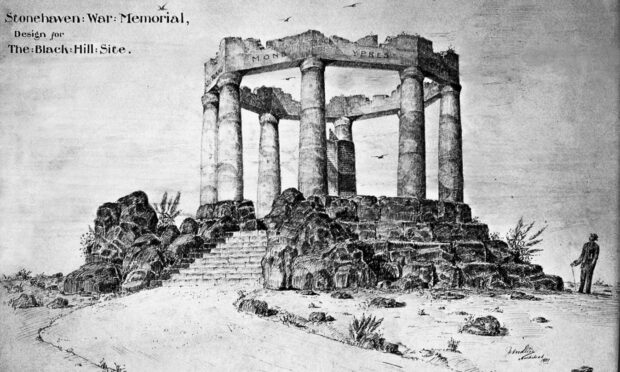
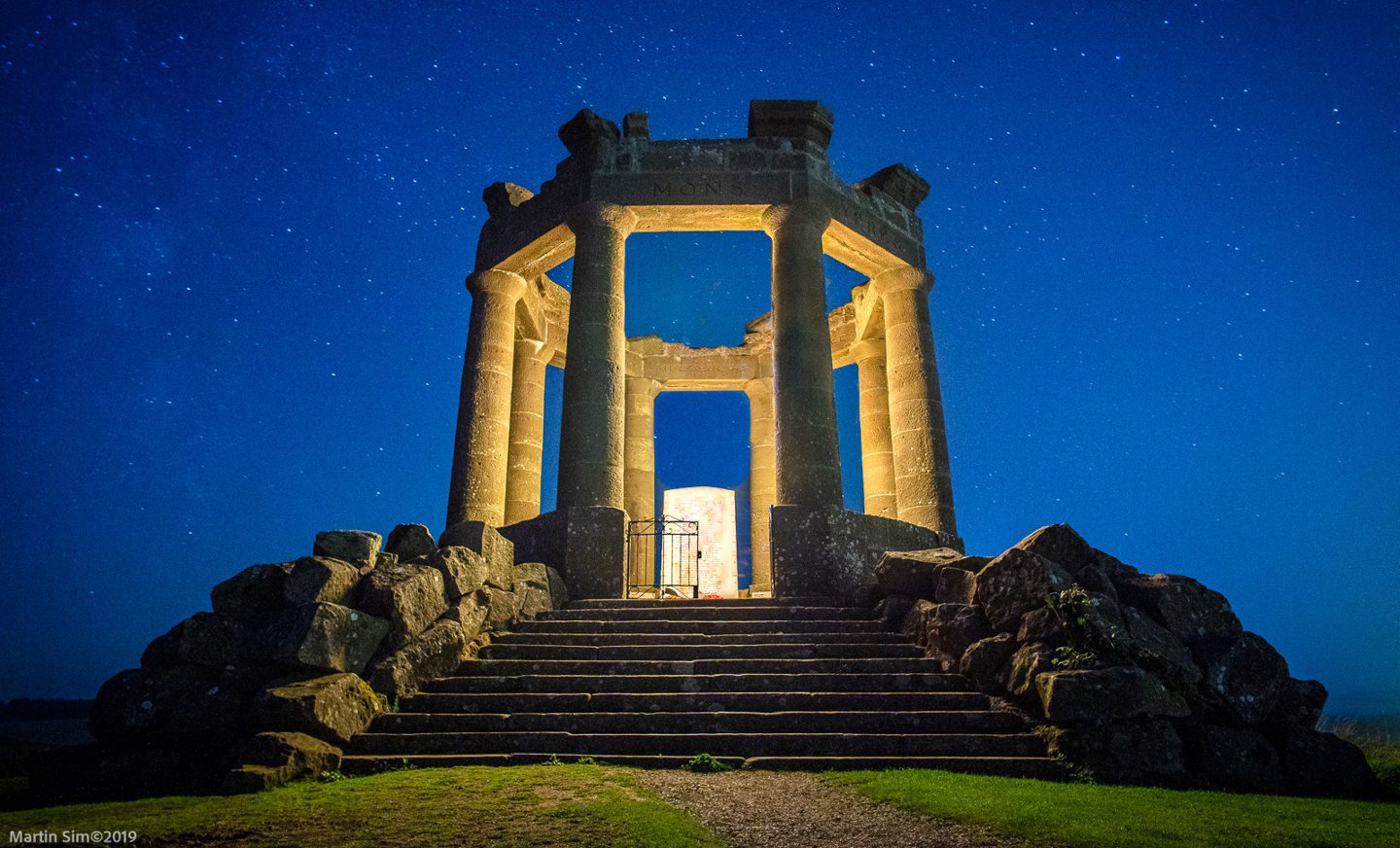
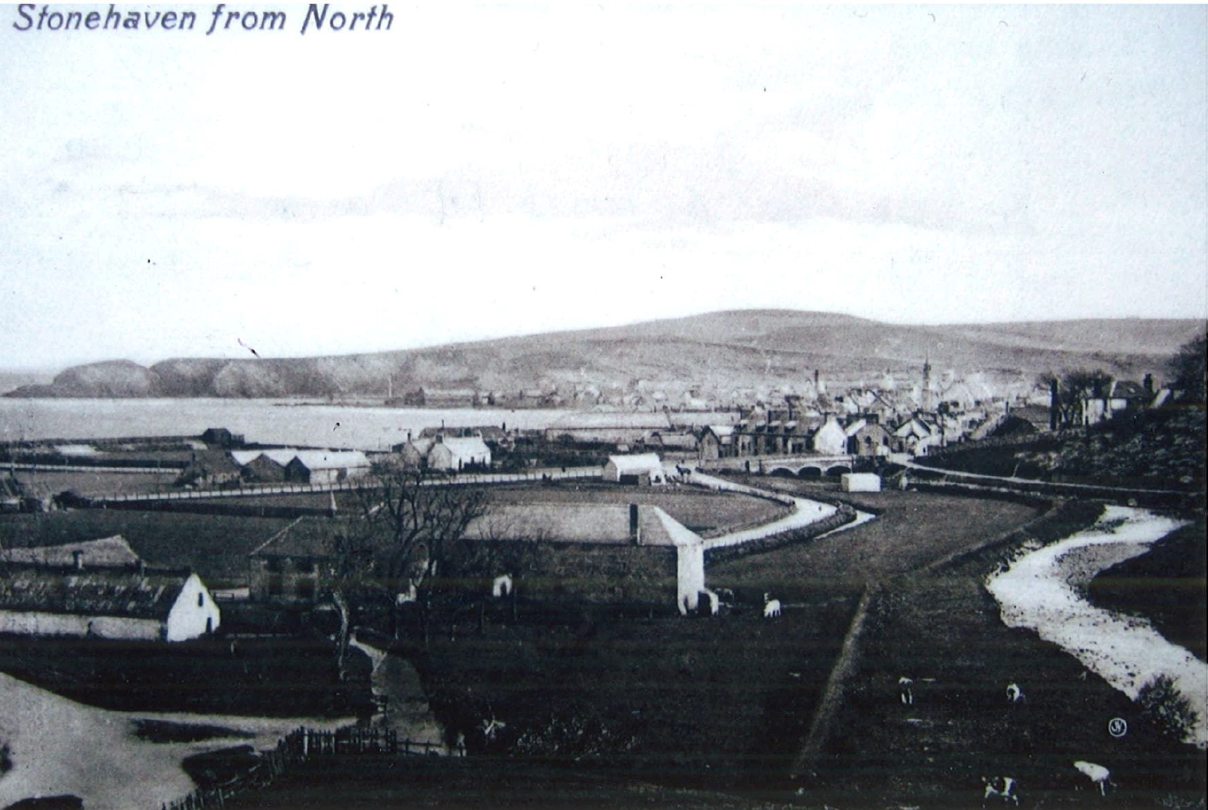
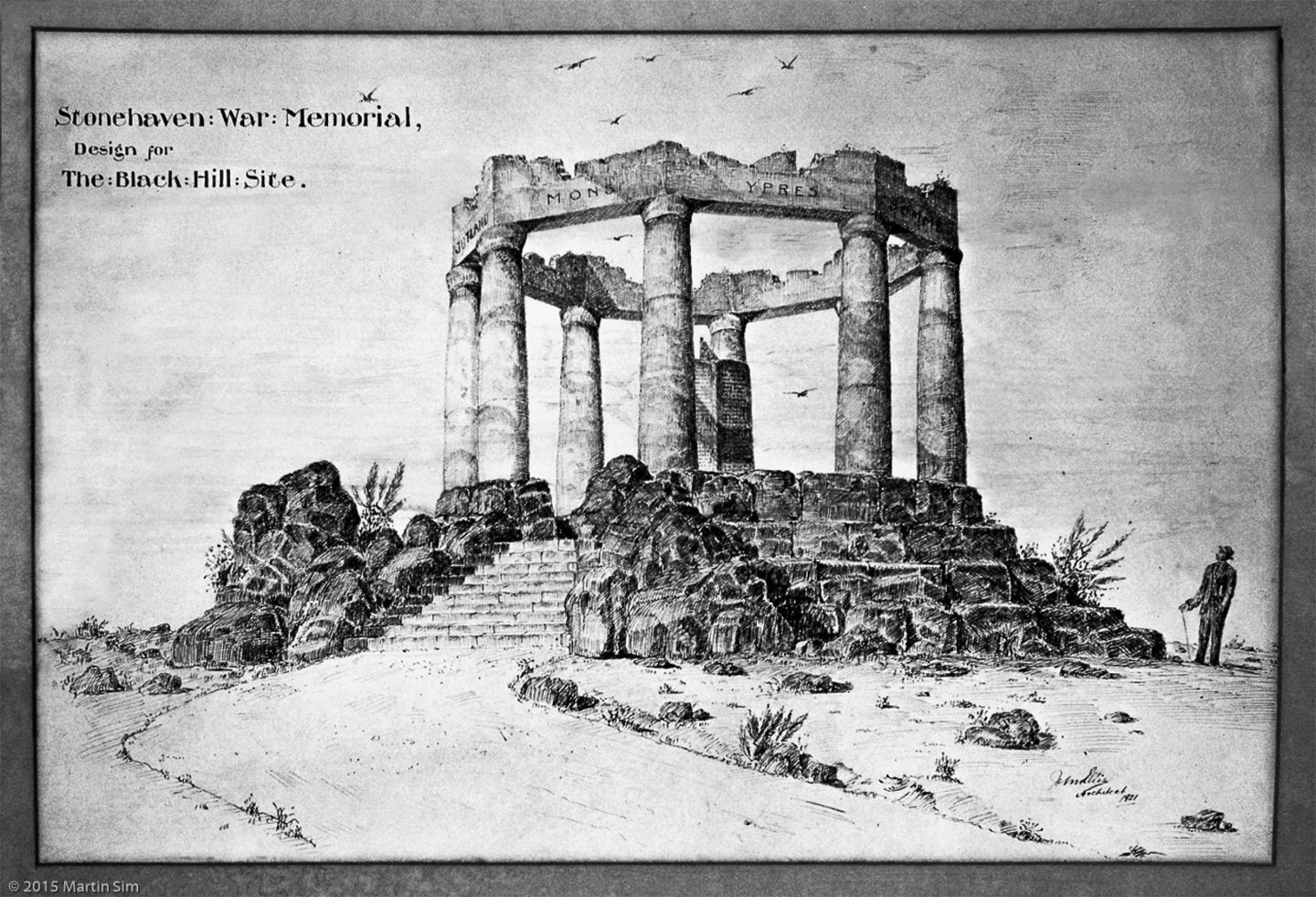
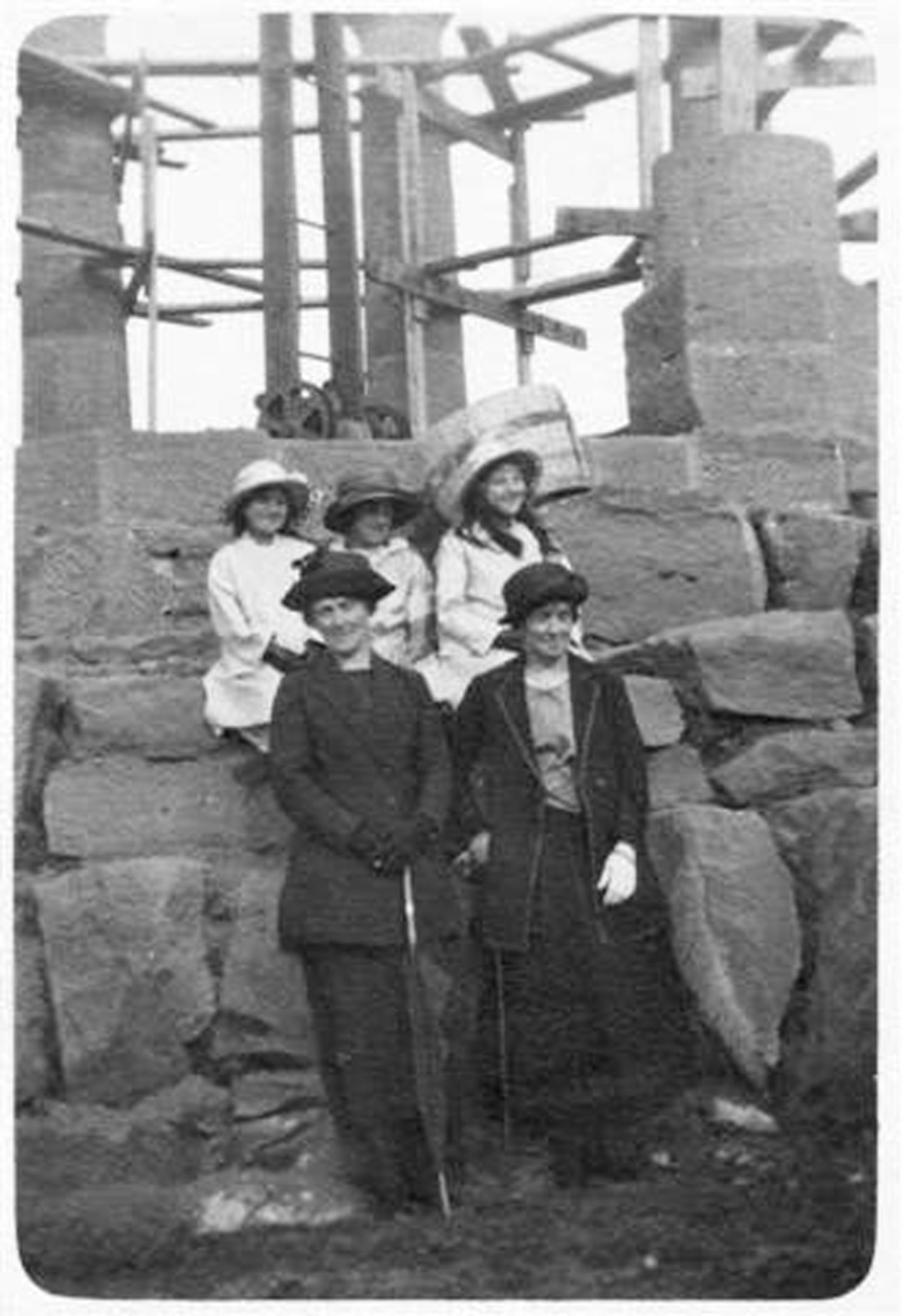
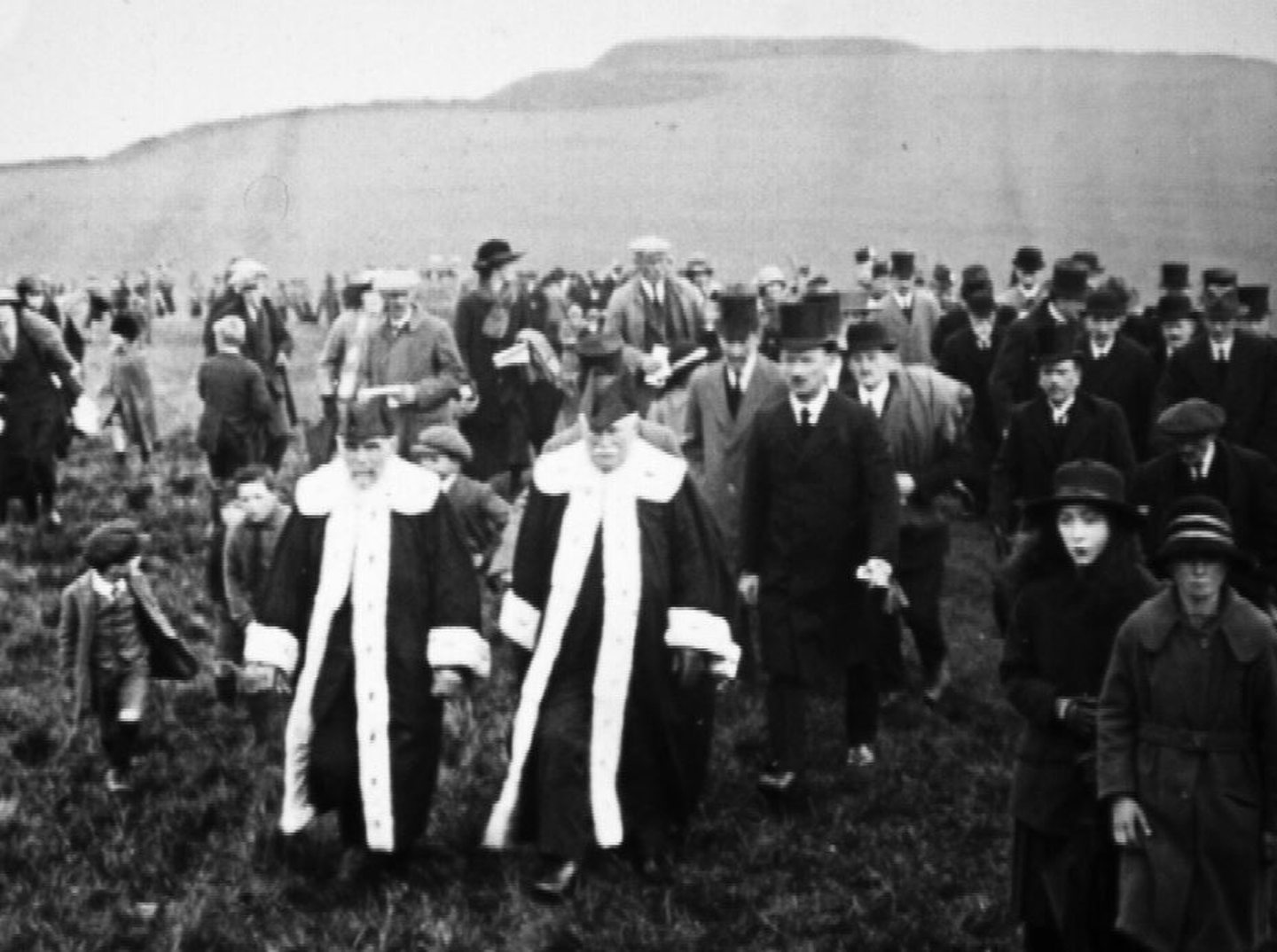
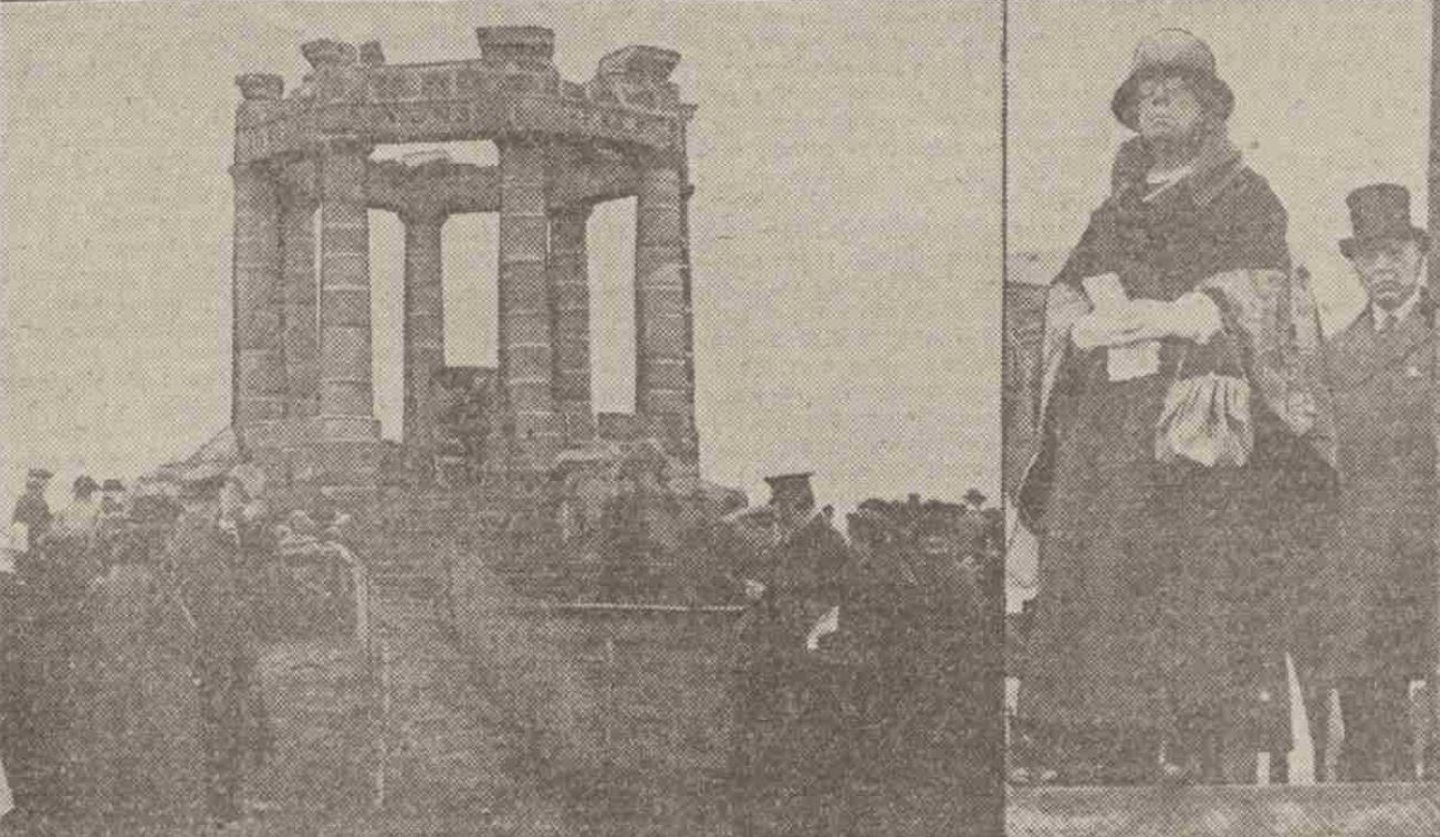
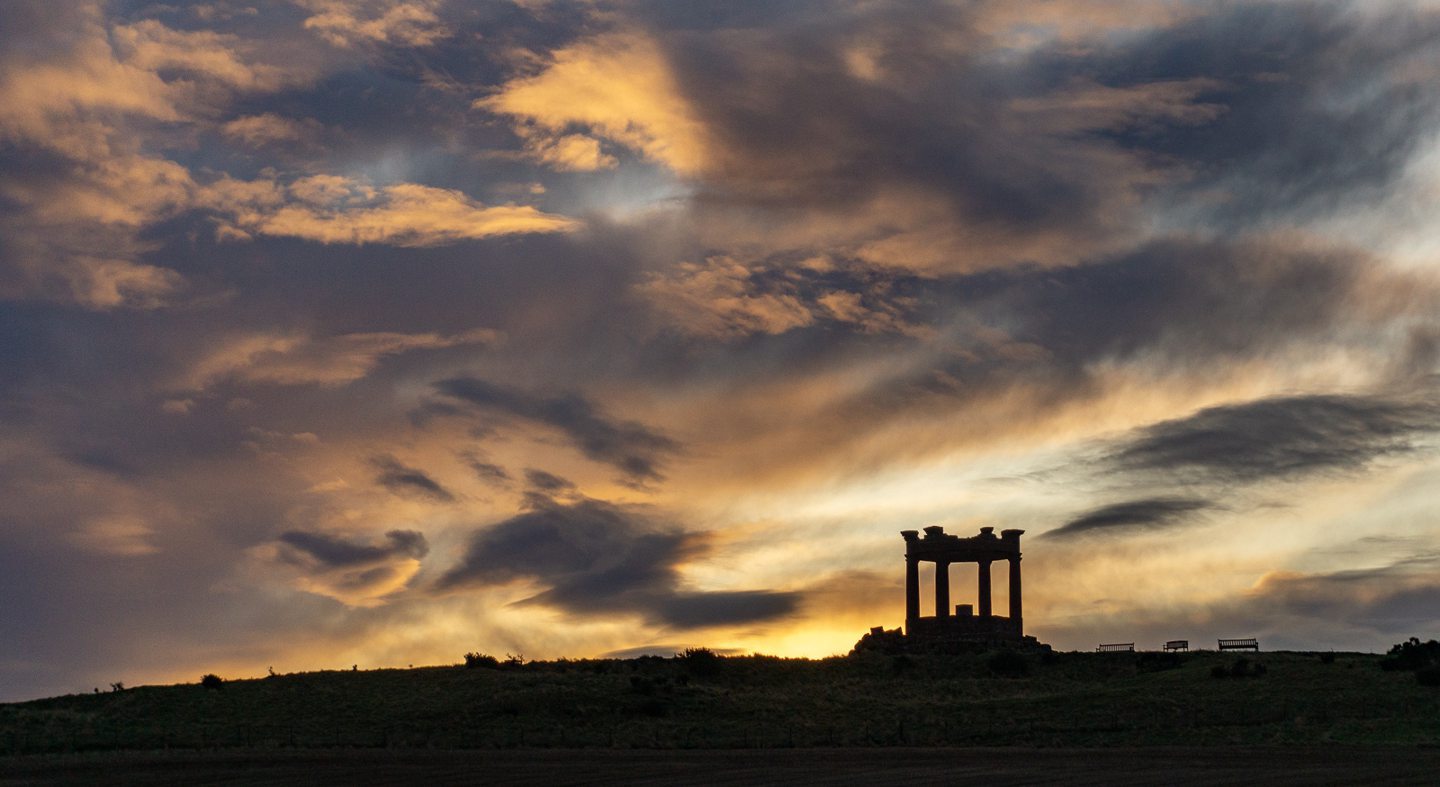
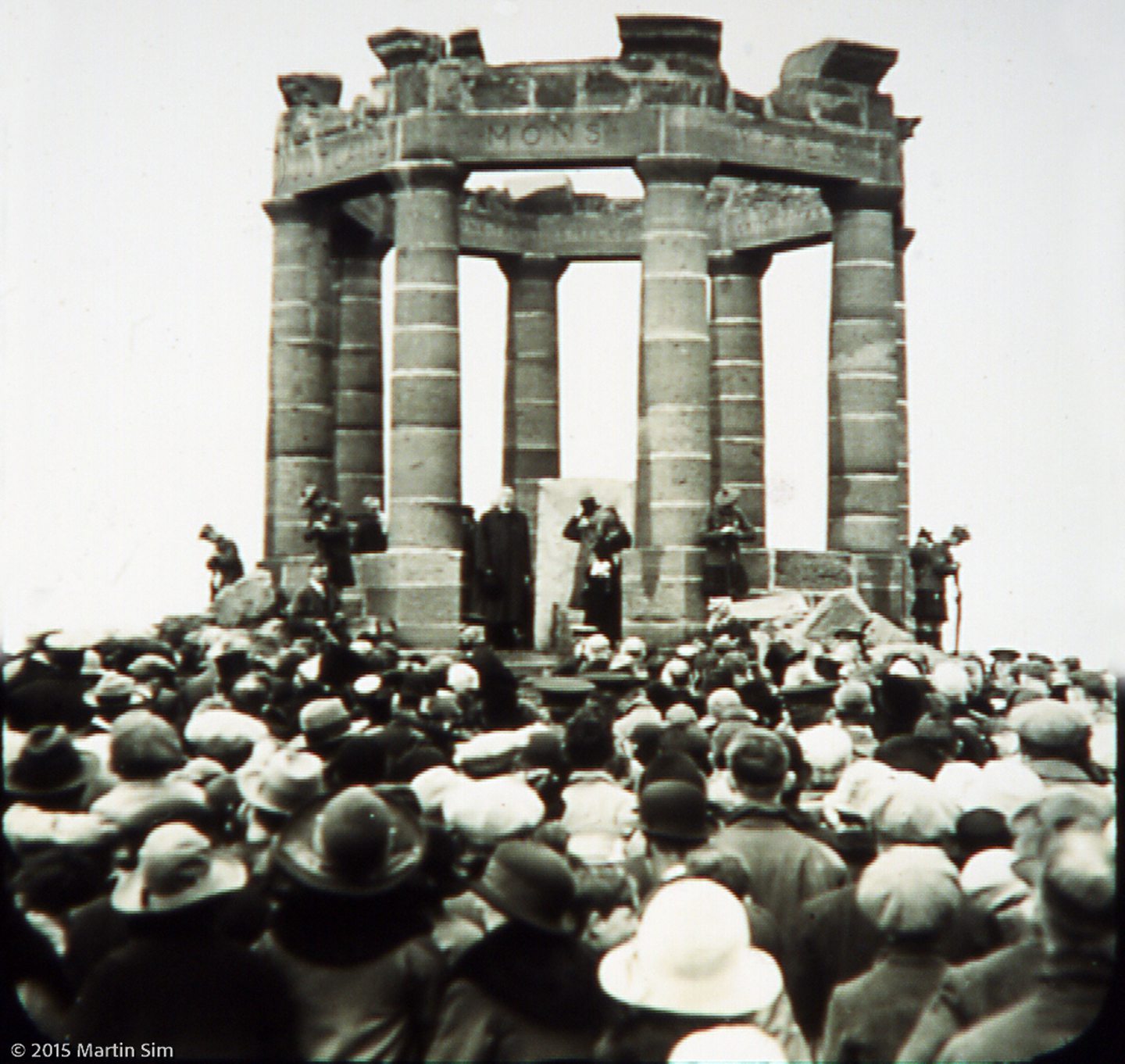
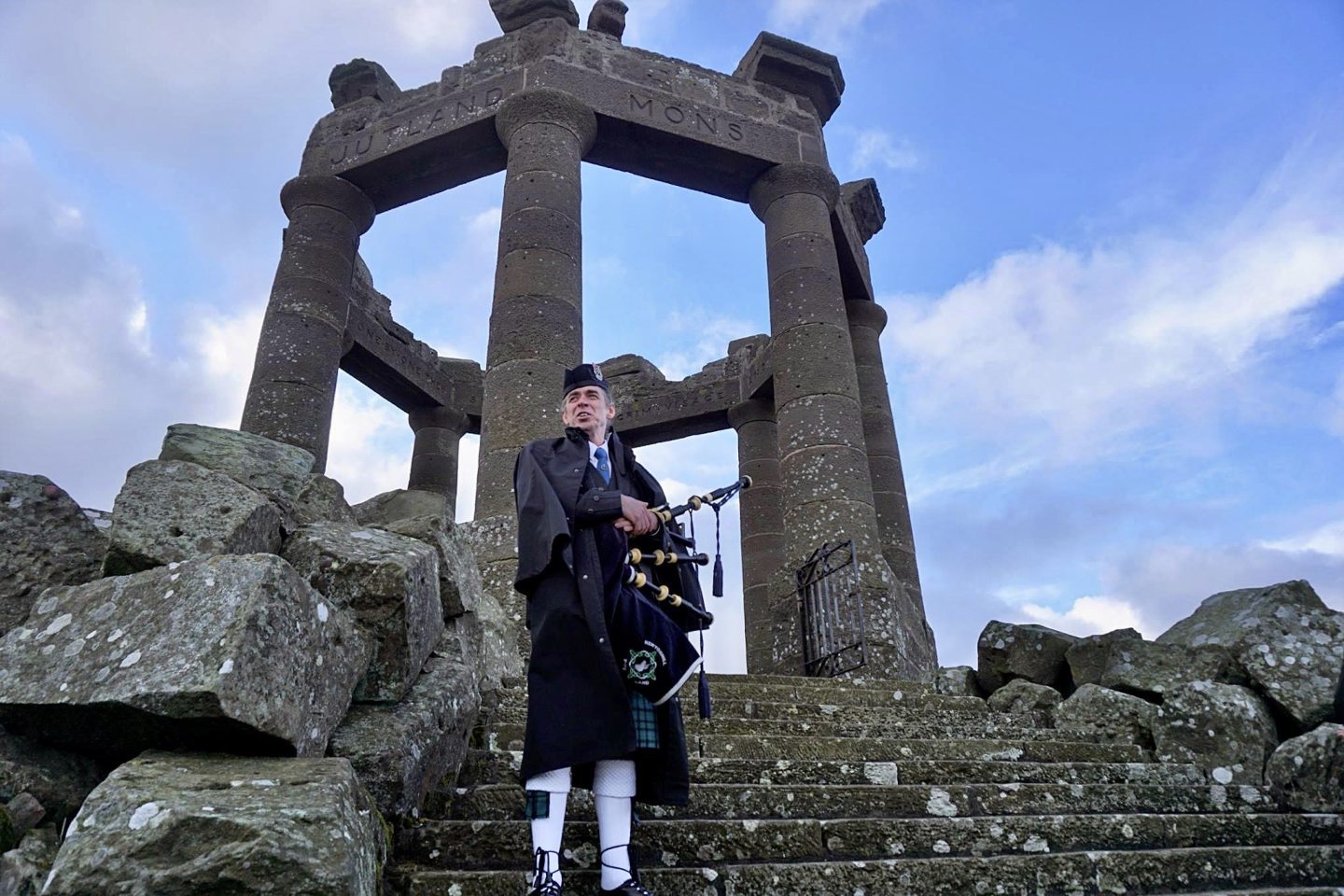
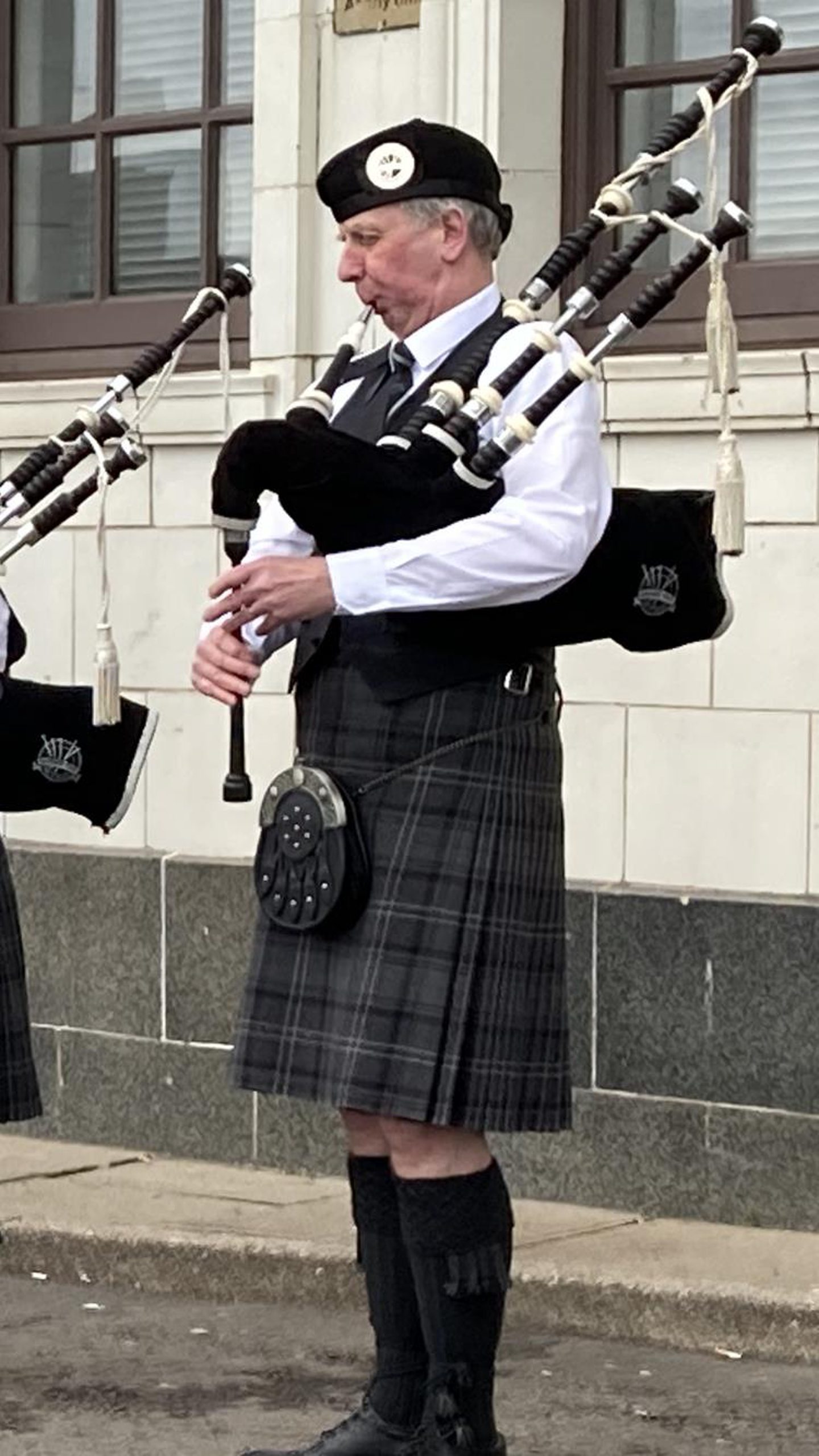
Conversation